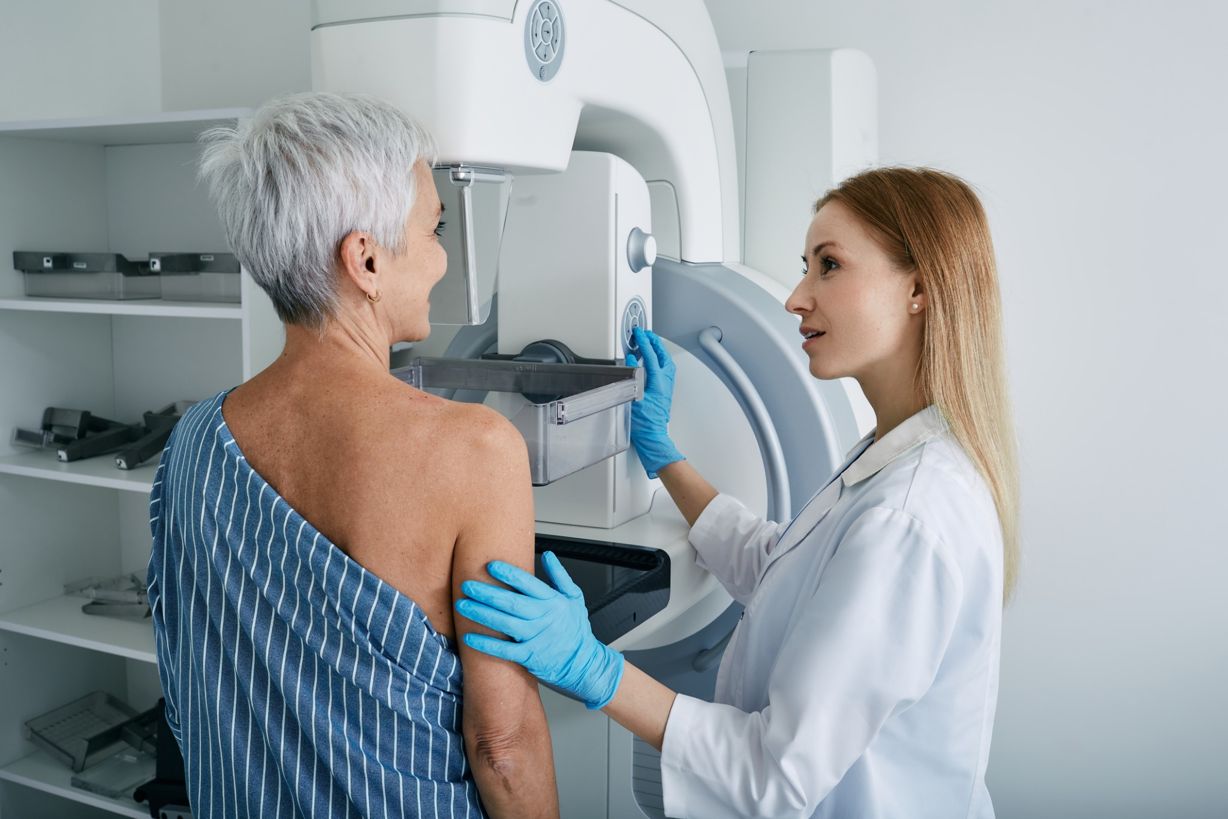Latest News
What Does Breast Cancer Look Like in Its Early Stages?
October 21, 2025
Breast cancer is one of the most common cancers in women, and early detection can dramatically improve outcomes. But what does breast cancer actually look like in its earliest stages? It’s not always a visible lump – early signs can be subtle, and knowing what to watch for can make all the difference.
Below are some common early signs and symptoms to be aware of:
Lumps or Thickening: A lump in the breast or underarm that feels different from the rest of your breast tissue is the most well-known sign. These lumps may be painless, hard, or uneven in shape.
Skin Changes: Look for dimpling, puckering, redness, or flaking on the breast or nipple. Some patients describe it as resembling the texture of an orange peel.
Nipple Changes: This can include discharge (especially if bloody), inversion (nipple turning inward), or pain in the nipple area.
Unexplained Swelling: Even without a lump, swelling in part of the breast or underarm could be a sign of something deeper going on.
Pain That Doesn’t Go Away: Persistent breast pain or discomfort that doesn’t follow your usual cycle should be evaluated.
These signs don’t always mean breast cancer, but they do mean you should check in with a healthcare provider. Most early-stage cancers are found only through mammograms, which can detect tumors before they’re felt.
Why Early Detection Matters
When breast cancer is found early and is still confined to the breast, the 5-year survival rate is nearly 99%, according to the American Cancer Society. That’s why awareness of early symptoms, combined with routine screening, is so important.
In fact, some forms of breast cancer (like inflammatory breast cancer) may not present with a lump at all. That’s why noticing changes in the look or feel of your breasts is critical.
What You Can Do Today
Perform regular self-exams — look and feel for changes monthly
Be aware of what’s normal for you — every body is different
Schedule your annual clinical exam or mammogram, especially if you're 40+ or have a family history
Lake Cumberland Regional Hospital offers comprehensive women’s health services, including mammography and follow-up care. If you notice something new or different, don’t wait.
Learn more from the CDC on breast cancer signs
View women’s health providers at Lake Cumberland Regional Hospital
Your awareness could save your life — or someone you love.
Understanding Different Types of Breast Cancer
Breast cancer isn’t just one disease – there are several types, including ductal carcinoma in situ (DCIS), invasive ductal carcinoma, and inflammatory breast cancer. Some types grow slowly and are found during routine screenings, while others are more aggressive. Being familiar with the full spectrum of symptoms can help you spot issues early.
Lifestyle Factors and Risk
While anyone can get breast cancer, certain factors increase risk. These include age, genetic mutations (like BRCA1/2), family history, alcohol use, lack of physical activity, and obesity. Talk to your provider about your personal risk level and whether you might benefit from earlier or more frequent screenings.
Get Support and Stay Informed
Lake Cumberland Regional Hospital provides support resources for patients and families, from nurse navigators to educational materials. If you have questions about symptoms, mammograms, or how to perform a self-exam, our team is here to help.
